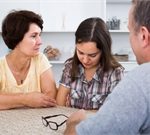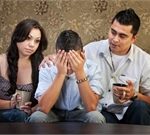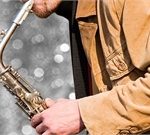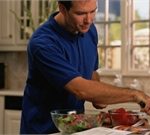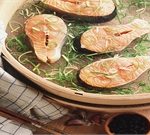
Advice on eating fish while pregnant has flip-flopped over the years. Now, a new study suggests that the benefit of eating fish in moderation during pregnancy outweighs the risk. Fish is a major source of omega-3 fatty acids, which are important for a developing fetus. But some fish — such as swordfish, shark and mackerel — can contain high levels of mercury, which can cause neurological damage. The new study included 805 mother-child pairs in five European countries. During pregnancy, the women were asked about their fish consumption and tested for mercury exposure. When their children were between 6 and 12 years of age, the kids’ metabolic health was assessed. Metabolic health includes factors such as waist circumference, blood pressure and cholesterol levels. The University of Southern California (USC) researchers found that children whose moms ate fish one to three times per week during pregnancy were more likely to have better metabolic health than kids whose mothers ate fish less than once a week during pregnancy. But the benefits decreased if their mothers ate fish more than three times a week during pregnancy, according to the study published online March 16 in JAMA Network Open. “Fish is an important source of nutrients, and its consumption should not be avoided,” said senior investigator Dr. Leda Chatzi, an associate professor of preventive medicine at the Keck School… read on >











